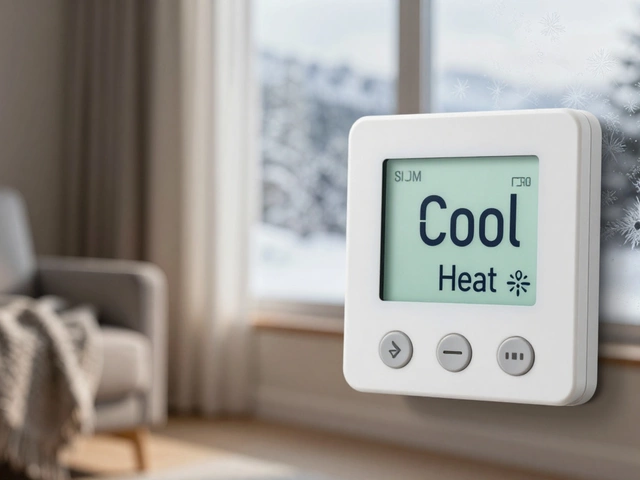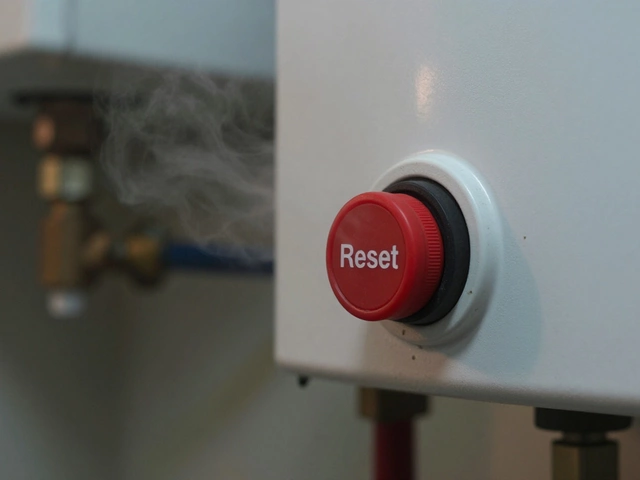Kitchen Fan Problems
When dealing with Kitchen Fan Problems, issues that affect the performance and comfort of your kitchen’s ventilation system. Also known as extractor fan troubles, it often shows up as weak airflow, annoying noise, or damp smells. Understanding the root causes saves you time and money before you call a technician.
The Extractor Fan, the device that pulls steam and cooking odors out of the kitchen is the heart of the system. Its efficiency depends on proper Airflow, measured in CFM (cubic feet per minute), and on a well‑sealed ductwork network. If the fan is undersized, clogged, or misaligned, the CFM drops and odors linger. A loud motor, rattling housing, or vibrating blades point to bearing wear or loose mounting. Meanwhile, Kitchen Ventilation, the overall strategy that moves stale air outside and brings fresh air in is dictated by local codes; in the UK, the Building Regulations (Approved Document F) set minimum extraction rates for cooking appliances. Ignoring these rules can lead to moisture buildup, mold, and even fire hazards.
Common Issues and How to Tackle Them
Most homeowners encounter three repeatable problems: low suction, excessive noise, and malfunctioning controls. Low suction usually means a blocked filter or a broken fan blade. A quick clean of the grease filter and a check for debris in the duct often restores performance. If the fan still feels weak, the motor may be failing – a sign you need a professional replacement. Noise problems often stem from loose screws or worn bearings; tightening the mounting and lubricating the bearings can hush the rumble. For control glitches, whether the fan won’t start or runs at the wrong speed, test the wall switch and the fan’s internal capacitor. Replacing a faulty capacitor is a common DIY fix, but always disconnect power first.
Another subtle issue is imbalance between extraction and make‑up air. When the fan pulls too much air without sufficient fresh intake, you’ll notice drafts and a feeling of suction at doors or windows. The solution is to install a passive vent or an additional inlet grille, which equalises pressure and improves overall comfort.
Finally, remember that kitchen fan problems aren’t just a nuisance – they affect indoor air quality and energy bills. By keeping the extractor fan clean, checking airflow rates, and respecting UK building standards, you can prevent most setbacks. Below you’ll find a curated set of articles that dive deeper into each symptom, show step‑by‑step diagnostics, and explain when it’s time to call Warwick Appliance Fixers for a professional fix.
Wondering if your noisy or dead kitchen extractor fan can be saved? This article breaks down whether it’s worth fixing, which problems are easy to tackle, and when to call in a pro. Get tips straight from the toolbox to spot and solve common extractor fan issues. Discover what repairs you can do yourself—and what’s better left to an expert. Stay ahead by learning how simple checks might save your kitchen from steamy disasters and expensive replacements.


